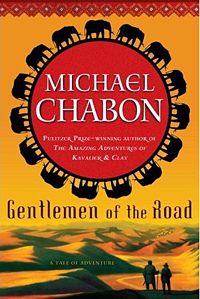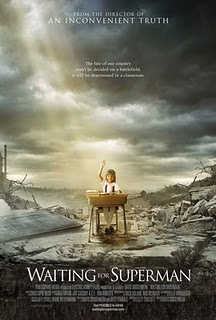 As you might have noticed by now, many of Partch's instruments went through several versions, creating a bit of confusion regarding their numbering. We've seen the different Adapted Guitars and Chromelodeons; today's instrument has a less twisted history, but still comes in many flavors.
As you might have noticed by now, many of Partch's instruments went through several versions, creating a bit of confusion regarding their numbering. We've seen the different Adapted Guitars and Chromelodeons; today's instrument has a less twisted history, but still comes in many flavors.The Kithara is, along with the Chromelodeon, one of Partch’s oldest instrumental conceptions. In 1934, he traveled to England under the Carnegie Corporation in order to study tuning at the British Library and attempt to develop a justly-tuned instrument. That fall he met Kathleen Schlesinger, a musicologist and ancient Greek scholar who had built several replicas of Greek instruments and written about her findings in the Encyclopedia Britannica. Partch was ecstatic to make her acquaintance and eager to see the Kithara she had constructed out of wood from an orange box using the pictures on Greek vases as her guide. They met for tea, shared sketches of instruments, and Partch left wanting to construct his own Kithara.
He was attracted to the instrument because of its Greek origins and the knowledge of Greek tuning he gained that fall in the British Library. In 1938, he built his first Kithara, an alto version of the instrument, and began using it in his Americana compositions almost immediately. It was a large instrument, almost six feet tall, and served him well until 1952, when he restrung and retuned it. In the process of adapting the Kithara I, he realized he wanted more bass resonance, and so, in 1954 in Sausalito, California, he built the seven-foot tall Kithara II as a bass instrument.
Both Kithara I and Kithara II use seventy-two guitar strings arranged vertically in twelve groups of six strings each. Eight of these hexads are tuned to fixed pitches, while the remaining four use moveable pyrex rods to change the pitches during performance, resulting in a sound similar to that of a slide guitar.
By 1972, he decided to replicate the Kithara I in order to make a stronger, more playable instrument that had increased resonance. As he often remarked, he didn't have 200 years of manufacturing know-how behind him as piano makers do, so he needed a little trial and error to sort things out.
This excerpt is from Partch's And on the Seventh Day Petals Fell in Petaluma and features the Kithara II accompanied by the Marimba Eroica. You'll notice the Kithara II because of the alternation of delicate plucked strings that swoop and swerve thanks to the pyrex rods along with sweeping chords along the hexads:




No comments:
Post a Comment